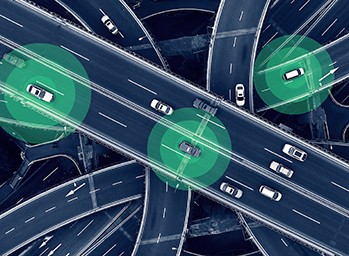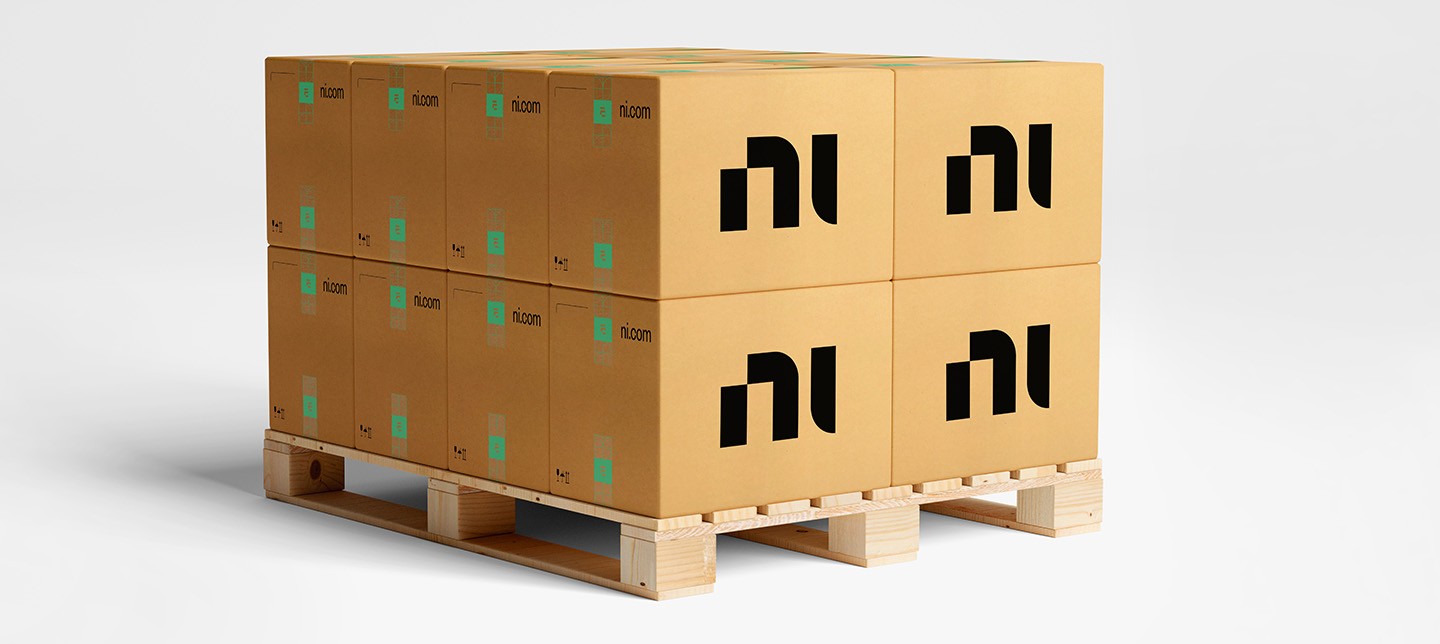
NI Has Formed an Alliance
NI is proud and excited to announce our collaboration with Foretellix to accelerate test for ADAS and autonomous vehicles.

Have you ever thrown something away and felt a pang of guilt as you realize the item may never truly go “away?” Although it’s important for each of us to avoid overconsumption and sending waste to the landfill, individual action alone is not enough to stem the world’s overwhelming tide of trash. Behind your personal guilt lies an urgent truth: we need systemic, global changes to the way we produce and consume goods and services.
By 2030, the world’s population is projected to be at 8.5 billion people, and global demand is expected to increase 35 percent for food, 40 percent for water, and 50 percent for energy. Our consumption and production are already having severe negative impacts to our environment by degrading our soil and water, reducing biodiversity, and driving warming temperatures and severe weather patterns. Our current linear economic model of “take, make, waste,” which we’ve followed since the Industrial Revolution, simply cannot scale.
Companies and governments are increasingly realizing the need to move toward a circular economic model, in which waste is designed out of our production and consumption systems. The good news is we’re all surrounded by inspiration. In natural ecosystems, nothing goes to waste. A tree’s fruit becomes food for a bird, whose droppings will later both plant and fertilize the fruit’s seeds, eventually bringing new trees to life. And when they die, both the tree and the bird will return important nutrients to their ecosystem as they decompose.
Moving to a circular economy starts with systems thinking, or a holistic analysis of all the interconnected and interrelated factors that influence how a product affects the environment. Every product we use, from coffee cups to computers, consumes the Earth’s finite natural resources at each stage of its life cycle: materials extraction, manufacturing, packaging, shipping, use, and end of life.
At NI, many of our systems already incorporate circular design principles. We pioneered the design and manufacture of modular test hardware systems: our PXI and C-series users can put together test modules almost like LEGO® bricks, swapping out components as their needs change. This cuts down on materials and extends the systems’ useful lifespan, as engineers can upgrade or change modules without having to upgrade the entire system.
To further improve, we recently completed a life-cycle analysis of our PXI systems to understand the environmental impact at each stage of their creation and use. We’ll be working systematically to address these impacts as part of our 2030 Corporate Impact goal to make circular design improvements in our product design, manufacturing, and packaging.
Moving toward a circular economy is one of our most important engineering challenges. Reducing waste is critical to the long-term health of our business, our society, and our planet.
–Dave Gardner
NI Vice President of R&D
The circular economy is based on three principles, as defined by the Ellen MacArthur Foundation: eliminate waste and pollution, circulate products and materials, and regenerate nature. Design and engineering are the driving forces for implementing these principles, and testing is an integral part of the process. Moving toward a circular economy requires us to innovate toward the use of more sustainable materials and methods, such as plant-based plastics or waterless fabric dyeing. And we’ll need to test rigorously to ensure that the performance of sustainable options matches that of traditional options, and truly lowers environmental impact. The latter point is important, as some materials that seem more environmentally friendly may have hidden impacts.
The first principle of the circular economy, eliminate waste and pollution, is akin to the “reduce” step of the classic “reduce, reuse, and recycle” mantra. It’s all about finding ways to use fewer materials—and more sustainable materials—to create products and packaging, using less energy and water to create products and operate businesses, and generating fewer greenhouse gas emissions overall.
For example, PepsiCo is working to cut virgin plastic by 50 percent across its entire portfolio of products and increase the recycled content of plastic packaging to 50 percent. And BMW’s i Vision Circular concept car is designed to be 100 percent recyclable and use nearly 100 percent recycled components in its production.
NI’s Circular Economy Working Group within our product research and development team is actively testing ways to reduce waste in our packaging and products.
Through design and testing at our package testing lab, we’ve significantly reduced the volume of our packaging over the last decade, which has also reduced shipping costs. Today, 35 percent of our packaging is made from recycled-content materials such as corrugated cardboard. Our main focus area is exploring replacements for our foams, especially polyurethane, which cannot be recycled but offers protective cushioning for our shock-sensitive products.
NI packaging engineers use drop testing equipment to find ways to use fewer materials—and more sustainable materials—while still protecting NI products in transit.
Sixty-two percent of NI’s mechanical parts are made from recyclable materials, and we’re looking for other ways to reduce and improve materials.
To reduce the environmental impact of our operations and manufacturing, we’re also working toward 2030 goals to achieve Zero Waste at NI-owned facilities; reduce waste at leased facilities; design 100 percent of NI’s new buildings and remodels to LEED and well standards; and conserve natural resources, protect biodiversity, and reduce greenhouse gas emissions.
The second circular economy principle is all about reuse, keeping products and materials circulating and creating value in the economy as long as possible. This not only makes good environmental sense but also good business sense, as the goods we discard represent enormous wasted revenue potential. For example, the value of the raw materials contained in the electronic waste produced in the United States during 2019 was $7.49 billion. And only 15 percent of this e-waste was recycled.
Design and engineering are central to the solution: creating products that last a long time and are easily repaired, refurbished, and recycled into new things. For example, LOOP is partnering with major brands and retailers worldwide to create reusable, refillable packaging along with a system to retrieve it from consumers.
The other part of the solution involves creating new business models, such as product-as-a-service, and new business practices, such as creating leasing and trade-in programs. For example, IKEA recently launched a buyback program that invites customers to sell back their used IKEA furniture in exchange for store credit. Through Dell’s global take-back program, the company not only responsibly recycles customers’ used electronics, but it also feeds a closed-loop supply chain, using the plastic and aluminum from this collected e-waste to make new Dell products.
NI products are designed to be durable, with many having lifespans of 10 years or more. They are also designed to be repairable and easily disassembled both for repairs and for eventual recycling at the end of their useful life. We’re looking into programs for renting and refurbishing products to extend their useful life and reduce waste.
Through the NI global take-back program, NI covers all costs of returning its hardware products and ensures that the products are properly recycled. Most of our product packaging is corrugated fiberboard and polyethylene foam, which are recyclable.
To regenerate nature means to leave natural habitats better than they were before. Tactics here might include using materials that are rapidly renewable (such as bamboo), using waste as food for new life, or employing business practices that help biodiversity flourish. For example, when SunPower develops power plants, the solar energy company prefers to build on land that has already been disturbed, such as rangeland or landfills, and to revitalize it by bringing in native grasses and sheep.
At NI, our previously mentioned 2030 goals related to Zero Waste, green building, conservation, and biodiversity will challenge us to pursue regenerative new business practices. We already have three LEED-certified buildings and two others built to LEED standards.
Just as our products and their materials are part of larger systems, our 2030 Corporate Impact goals are also designed as an interconnected system, all working together to advance our vision of a better society and planet. To learn more about our goals and strategy, visit ni.com/engineeringhope2030.